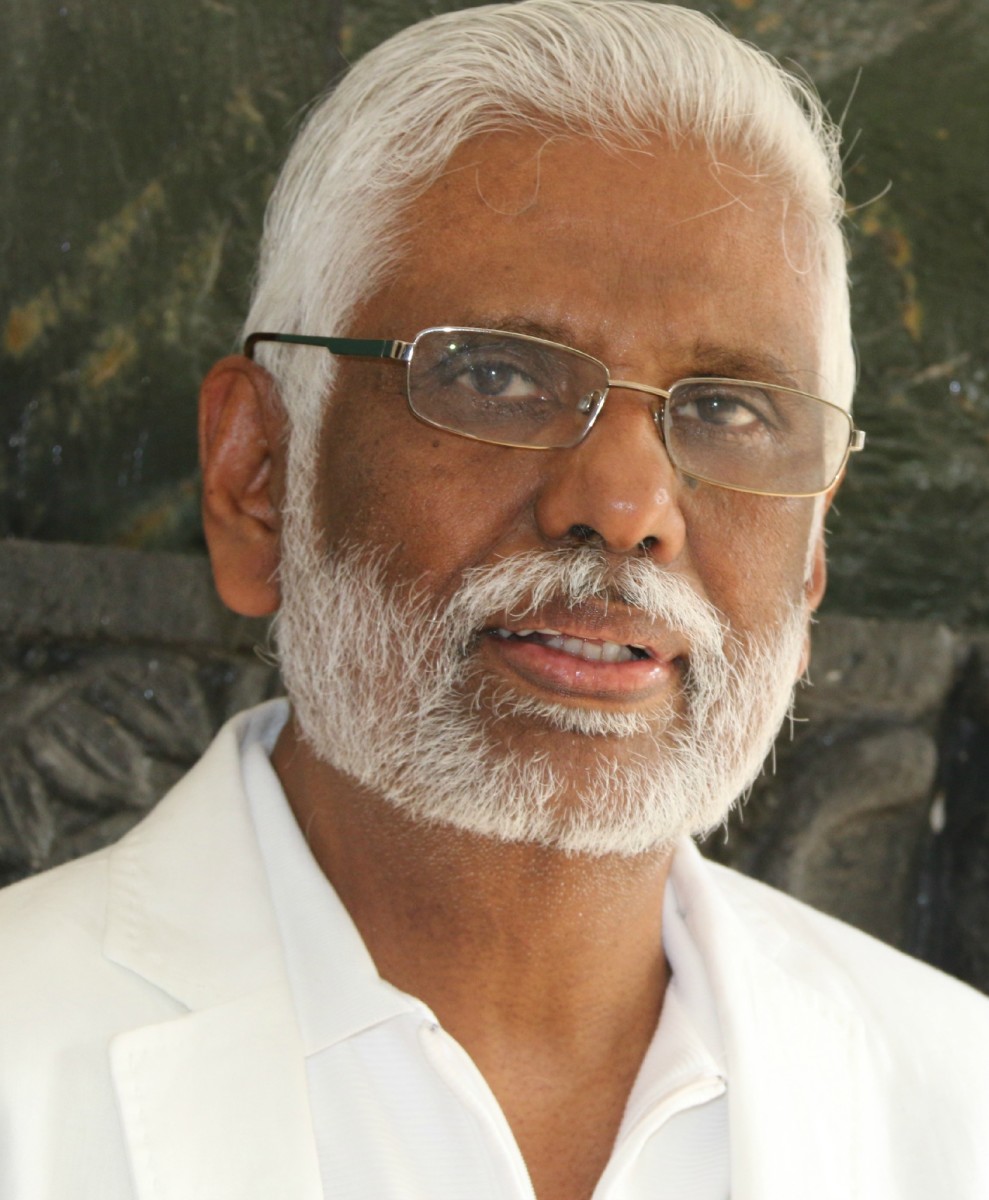Understanding the basics of meditation

"Within yourself is stillness, a sanctuary to which you can retreat at any time and be yourself."
- Herman Hess
Meditation is a way to change our attitude towards life. It connects us to our inner self, which has a limitless reservoir of wisdom. The art of practicing meditation teaches us how to tap into this reservoir of wisdom. As a matter of fact, we have forgotten how to live our life wisely because we are influenced enormously by what is going on around us, which color our perspectives. With the passage of time, our perspectives become so well established that we start reacting to persons, events and things according to them. Our perspectives direct our responses, which mostly override the wisdom of the inner self. Such responses become our habits and, therefore, our second nature. We become judgmental of all that we come across in the day-to-day life; our perspectives are the yardsticks of our judgments. We judge all things, events and persons we come across according to them. We simply forget that things, events and persons don’t behave as we wish them to. This attitude of judgment creates all the problems in our life, which may become so serious sometimes that they may adversely affect our health and relationships.
Meditation teaches us to change our landscape of our perspectives and attitudes. It helps us to develop the attitude of understanding the perspectives and attitudes of others and thus making us understand them better. It can change dramatically our well established responses to things, events and persons in an unbelievable manner. Meditation silences our mind and we discover our inner counselor that guides us how to react to different situations in out day-to-day life.
"If you are depressed, you are living in the past.
If you are anxious, you are living in the future.
If you are at peace, you are living in the present."
- Lao Tzu
Basis of meditation -
Recent studies have suggested that a wandering mind is an unhappy one. People were reported being significantly happier when they were engaged in the task at hand. This is because when our minds are wandering, we are mostly worrying rather than living in the moment.
The functional MRI imaging the brain activity of the experienced meditators practicing a meditation technique shows a decreased activity in an area of the brain called default mode network, which is usually at work when the mind wanders. This region of their brain is much quieter than their inexperienced counterparts. It has also been found that when the default mode networks of the experienced meditators are active, their brain regions associated with self-monitoring and cognitive control are also active.
In a meditation, an individual is mindfully aware of one’s thoughts that are arising in one’s mind and simply lets them pass away without dwelling on them. This practice of being fully aware of one’s own thoughts gradually reduces the frequency of their occurrence and just watching them passing away gives emotional stability to the individual. The practice of meditation makes the mind wander away less and less. Here the object of concentration and awareness is our thoughts but some other objects of concentration and awareness can be our breathing, heart beat or a spot slightly above the middle of eyes. Other meditators use recitation of mantras, meditation music or meditation commentaries as their object of mindfulness.
The actual basis of practicing various techniques of meditation is to keep the mind in the present moment. The concentration on the object of meditation keeps the mind in the present moment and whenever it wanders from it, the meditator brings it back effortlessly in the present moment by concentrating again on the object of meditation. A new practitioner will notice that with regular practice the wanderings of the mind to the other objects of thoughts decrease gradually. These mental wanderings are in the forms of many thoughts. An advanced meditator will be able to reduce the creation of thoughts to as less as 4 to 5 per minute during meditation. In spite of this reduction of thoughts in meditation, an advanced meditator normally has lesser thoughts even when not meditating. Moreover, the majority of his or her thoughts are positive. Therefore, an advanced meditator achieves emotional stability, which he exhibits in his or her behavior, when relating to others during day-to-day encounters. He or she will be more loving, kind and compassionate to others; he or she will have more power of tolerance; he or she will have more power to forgive others; he or she will have ability to see good in others than their faults.
Mindful meditation has been discovered to foster the ability to inhibit those very quick emotional impulses.
How to meditate –
The mind is so unruly that it can hardly stay at a place. It is always producing thoughts about the past or future hardly staying in the present. Typically the human mind produces about 60,000 to 70,000 thoughts per day, the production of which may also vary from time to time. Most of these thoughts are negative and mundane. The following are some tips for practicing meditation –
- First decide to sit every day for meditation. Morning is often the best because the mind is calmer at this time than it is later in the day. However, the best time is that you can commit to on a regular basis.
- Dedicate a place exclusively to your daily sitting. Choose a quiet place where you can sit comfortably on a regular basis.
- Sit crossed legged on the floor or in a chair, making sure that the spine is upright with head up because the mind and body are intertwined.
- Try and keep the eyes open. Open eyes will allow you to be more present. Just lower your eyes and let your gaze be soft and stationary. With closed eyes you are likely to drift off on thoughts. But some find closing eyes much more effective. However, it is important to do what is comfortable for you.
- In ordinary circumstances, we are hardly present in the now. Ordinarily, we tend to equate focus with concentration. That is like using the mind like a concentrated beam of light. But in meditation this kind of focus isn’t helpful. The focus in meditation means to pay soft attention to whatever you place in the centre of awareness. The object of awareness can be incoming and outgoing breath, heart beat, or thoughts and emotions. It’s like a natural door that connects ‘inside’ and ‘outside’.
- Paying attention to the breath is a great way to anchor you in the present moment. Just notice incoming and outgoing breath. There is no need to regulate it but just be natural. Some find it difficult to focus on it so they can try counting the breath from one up to a certain number and then count backward to one. This will keep the individual present in the moment. If you notice thoughts, gently let them go by returning the focus to the breath. Don’t try and stop thoughts; this will just make you feel agitated. Imagine that they are unwelcome visitors at your door; acknowledge their presence and politely ask them to leave.
- It’s difficult to settle into meditation if you are struggling with strong emotions. This is because some emotions tend to breed stories in the mind. Anger and shame make us keep looking at the events of the past. Fear looks at the future with stories that start with, “What if…” Therefore, to deal with emotions is to focus on the body feelings that accompany the emotion. Gradually, the emotions will subside when you realize how uncomfortable or unpleasant the effects of the emotions are. Again refocus on the body. Thus you are honoring the emotions and not becoming entangled in them.
- Alternatively, you can sit in silence and watch your thoughts arise and go away. But don’t get entangled in them by making stories. When we sit in silence we actually get to experience what our mind is doing. There is steadiness and calmness that comes from sitting in silence. Outer and inner silence meet and you come to rest in the moment.
- There are a lot of meditation music and commentaries around. The music or sounds on the tape just drown out the chatter in your mind and sharpen your focus to stay in the moment. But still the mind can drift off to many thoughts during meditation; so, the person has to bring it back to the playing music or commentary to stay in the present moment.
- In the beginning, a new practitioner can do meditation 10 minutes which can be slowly increased up to 30 minutes. Normally, one should meditate in the morning at a scheduled time. As one progresses in the practice, one can start doing it in the evening or just before going to bed at a scheduled time.
- Keep a gentle smile throughout, which will keep you relaxed, peaceful and enhance your meditation experience.
Meditation is an approach to training the mind just like fitness is an approach to training the body. It can help us to understand our own mind. We can learn how to transform our mind from negative to positive, from disturbed to peaceful, from unhappy to happy.







